Shrimp farming expert Robins McIntosh discusses farm management in the presence of Enterocytozoon hepatopenaei (EHP)

Dr. Robins McIntosh, executive VP at Thailand-based Charoen Pokphand Foods Public Company and a longtime prominent figure in shrimp farming globally, spoke to the Advocate recently regarding the nuanced history of Enterocytozoon hepatopenaei (EHP), one of the main shrimp diseases in Asia and globally.
Originating in black tiger shrimp (Penaeus monodon) in the late 1980s, EHP gained definitive recognition in Pacific white shrimp (Litopenaeus vannamei) in 2004 in Thailand, but it soon extended globally, spreading with an elusive nature, often escaping identification due to diagnostic limitations.
In this concluding part 2, Dr. McIntosh discusses aspects of the impact of EHP on shrimp farms and provides recommendations for sampling and surveillance, as well as how to clean infected ponds and other farm water reservoirs in efforts to mitigate its impact. He again stresses the importance of minimizing stress as a critical management strategy to prevent EHP outbreaks, even in the presence of low-level infections.
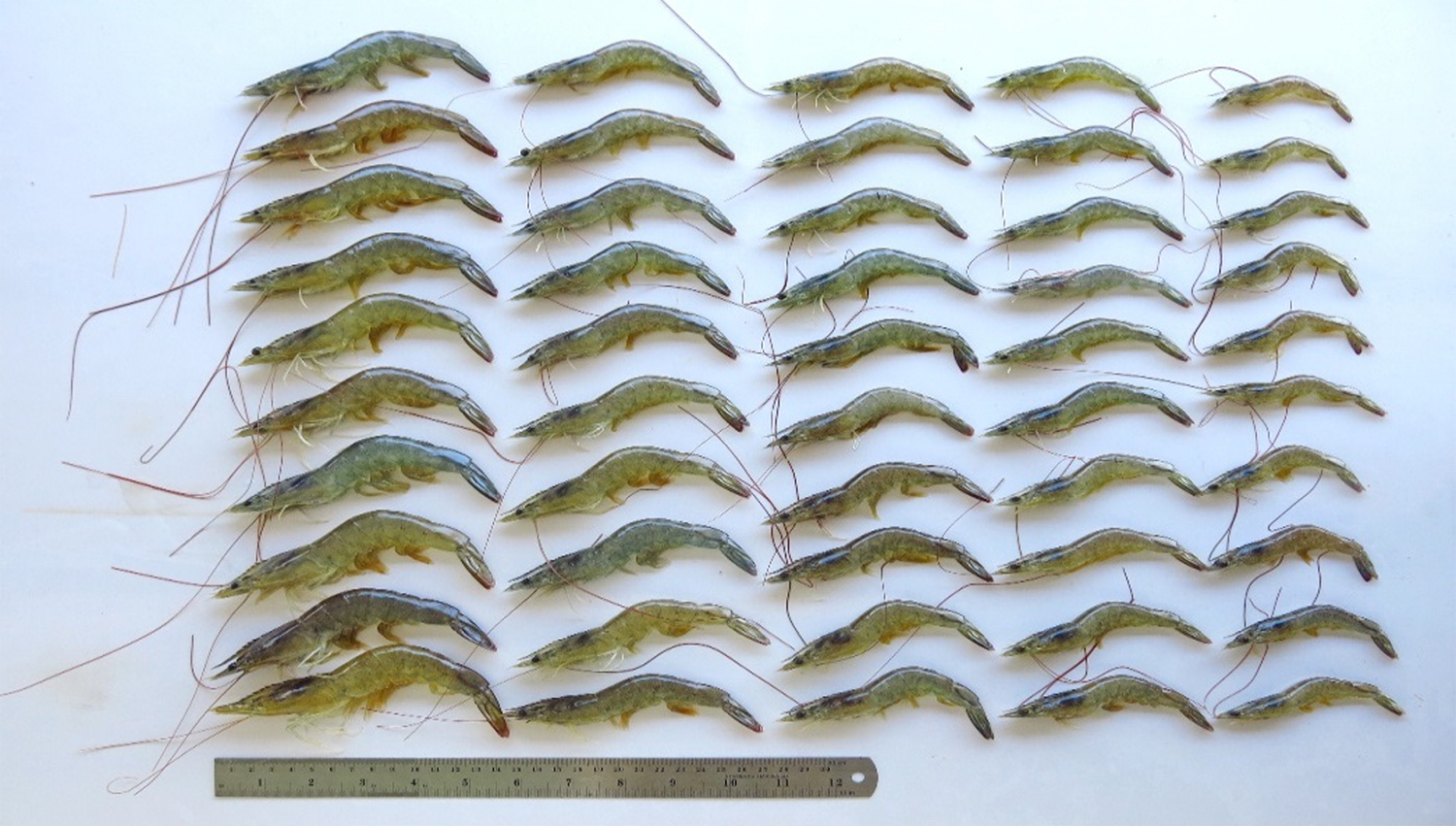
Farm management
What about management in your earthen ponds if you know you have EHP? I had one farm that I was involved with, where I had some control, which had serious EHP in 2014. We lost significant money on that farm. Since 2016 when the farm was reopened it, there’s been no EHP, even though there are other farms with EHP in the area. What did we do? First of all, you have to get rid of the EHP in ponds and reservoirs/canals. As I said, once you have EHP in the system, it’s in the system. So how do we get rid of it? We have to sterilize for EHP in every exposed area on the farm and that’s expensive. The fact is you must close the farm, and in this case for six months. And in those six months, we are going to disinfect everything: the pond bottoms and every canal and every reservoir in the farm.
How do you disinfect? You can either remove the actual pond bottom or you can mix in calcium hydroxide and increase the pH above 12. I think it’s usually something like 6 [metric tons] per hectare of calcium hydroxide that must be applied to the pond bottoms. You need to moisten the topsoil, so the calcium hydroxide reacts, so that we get the pH level in the top layers to pH 12 where the EHP spores are. Destroy the spores in the ponds, the canals and the reservoir so that we effectively get rid of all the EHP spores in the farm.
After we got the EHP destroyed, the pond water was treated with some permanganate, which helped destroy the spores and reduce viable spore levels in the water. When production was restarted, only moderate densities of clean SPF postlarvae were stocked. The ponds had plenty of mechanical aeration for dissolved oxygen. And no disinfectants and no probiotics were applied. Disinfectants destroy a healthy microbiome and require the use of probiotics to re-establish. In this day and age of farming, cost control has become critical.
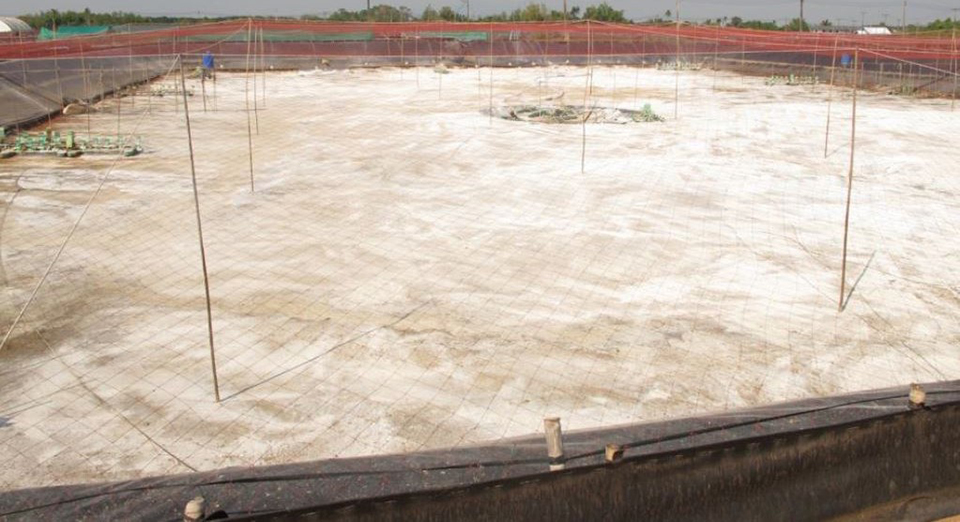
Since this farm was cleaned in 2016, it has been the most profitable with no EHP and low costs. It went from a total loss with EHP to a very profitable farm. But it did take six to seven months of work to take the farm down and disinfect everything. Now that’s the problem with many farms – they can’t disinfect their reservoirs. But if you have a water reservoir in your farm, you potentially have reservoirs of EHP, and the reservoir is going to reinfect the rest of the farm. So, you have to be able to take everything down.
Other farms have put in microfiltration, where they try to physically remove the spores at the pump before they enter the farm. Many of these farms have been very successful at managing EHP and keeping it out. But when you’re doing this, you almost have to stock higher densities of shrimp because you have to produce a larger biomass to pay for that type of filtration. We are talking about ultrafiltration; it has to be able to keep the 2-micron spores out. It is not perfect but if you can reduce spores to low levels, you probably can produce good crops of shrimp.
Again, it’s all about the pathogen load. We want to reduce pathogen loads and we want to improve the immune system in the shrimp. We want to keep the shrimp populations healthy and hopefully with reduced loads of pathogens. It works, you can get normal crops, as it has been demonstrated at many of the successful farms in EHP hot zones.
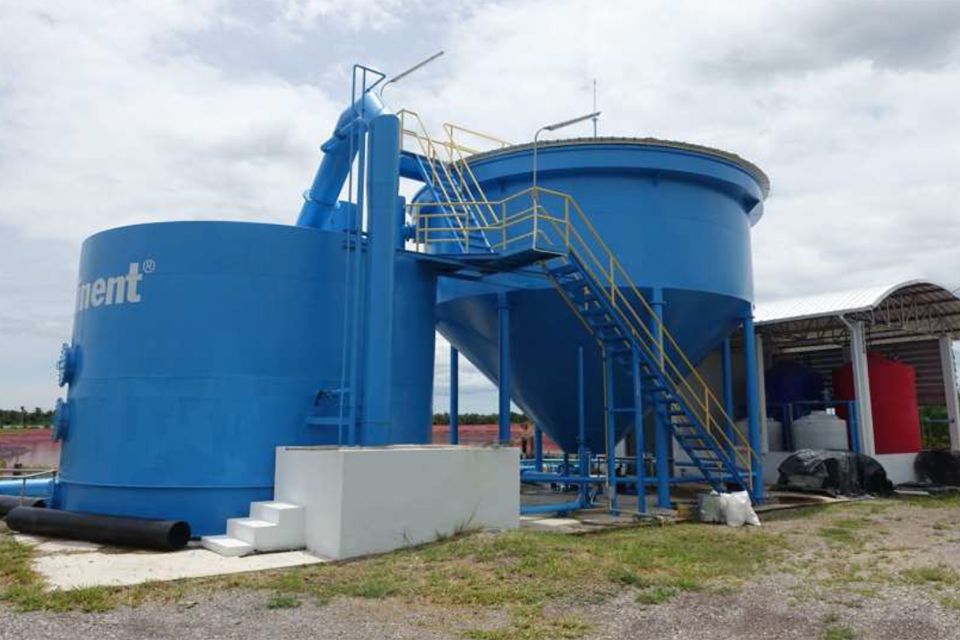
Also, I have seen that if you’re in a low-salinity area you tend to have less EHP than if you’re in a high-salinity area, so there may be a salinity factor involved in EHP outbreaks and their severity. Often, shrimp ponds in low salinity areas are fed with groundwater, so it might not be the salinity at all, it might just be the groundwater, which is filtered water and so you’re not allowing EHP spores to enter your farm if you are lucky to have access to suitable groundwater. You have a much higher probability of success than if you’re using open ocean water. And groundwater oftentimes is lower salinity, so maybe we’re confusing low salinity with pathogen loads in the ocean compared to no pathogens in groundwater.
I believe that for shrimp farms in the Americas with low to moderate shrimp stocking densities, and pond photosynthetic ecologies, these have seemed to prevent the pathogen that is present from becoming a disease. When stresses remain low and the DNA density of the EHP remains below 10^3 in the hepatopancreas (HP), there is no significant disease.
This “lower densities, more extensive” approach has worked well in the presence of pathogens, whether it be White Spot Syndrome Virus (WSSV), EHP or Acute Hepatopancreatic Necrosis Syndrome (AHPNS). There’s AHPND [Acute Hepatopancreatic Necrosis Disease] in the Americas but shrimp are not stressed, and it does not become a serious disease as seen elsewhere in the shrimp farming world.
AHPND tends to be significantly related to higher feeding rates. If you keep the feed rates low, AHPND doesn’t become a problem. If you increase feed rates and stocking densities, you’ve got a problem. So, it’s very different between having a pathogen present and an actual disease outbreak. Pathogens can be everywhere, but if you don’t have the conditions to turn it into a disease, it does not happen.
Robins McIntosh on everything you need to know about EHP and shrimp farming, part 1
How widespread is EHP?
If you’re a good hunter, you can probably find EHP everywhere in the world. But you have to be a good hunter. And it’s not about just doing PCR tests all over the place. Essentially, if EHP is present at a low level you’re not going to get it with PCR, you’ve got to be a patient microscopist and go through a hepatopancreas (HP) piece by piece by piece by piece. And not one shrimp, you may have to go through 500 shrimp. But you’ll find it, even if it is at low prevalence. And the question arises: why isn’t it present at a high prevalence? And I think the answer is stress. In other words, under low-stress conditions, the immune system of the shrimp can combat or fight a low, low incidence or recurrence of spores.
That is my belief, and I don’t know if anybody has proven it, but I have a I have a study going in collaboration with a university in Thailand. We will go to low-stress ponds, I will show you that EHP is present but with no disease. We are also trying to relate the immune system that we can quantify and the prevalence of EHP. And when farms in the Americas copy an Asian intensive system as in Guatemala, Asian-style EHP disease results.
Elaborating a little bit more in terms of the immune system, we are also looking at specific immune peptides that we can quantify. Essentially, we’re quantifying the levels of immune peptides. So, there will be a series, five or six of these peptides in key positions that we will quantify, with the idea being if you have a low-stress situation, those peptides will be at a higher level. And as stress increases, the levels of those peptides will decline and this will make the shrimp more susceptible to EHP, becoming a factor in the shrimp’s health.
Now, of course, long-term thinking on that is maybe we have a blood test for a shrimp that if we know what peptide levels are critical, we can go in and sample ponds and collect hemolymph samples and come up with the level of the peptide and say, oh, this pond is at high risk or this is a low-risk pond, or these are the conditions that have low risk, and these are the conditions that make high risk. With such a tool at our disposal, we will then be able to go through and sort out stress and determine what are the critical levels.
A blood test in the near future?
But for me, the most interesting outcome would be if at some point there’s a blood test, a simple blood test that can be run instead of a PCR. PCR to me is a postmortem action. It tells me what killed my shrimp.
But I want a premortem, like a doctor in an office. Where your blood profile says, “You’re healthy, you don’t have to worry.” Or “Uh oh, you have high levels” and you know you need to work on that. You’re susceptible to the disease, so with a tool that we could take shrimp blood periodically and say, “This shrimp is strong, it’s not going to be susceptible.” Or “the shrimp in this pond are becoming high risk” and unless you intervene right now and do something – more oxygen, more water, change this or that. But to me, that’s the future. I want to be able to intervene before the shrimp get sick, proactively, and improve rearing conditions as needed to prevent the disease. That’s what management is, make sure you have the right conditions for shrimp growth and survival.
Again, PCR is fine for certain conditions but to me it’s postmortem. It tells me what killed my shrimp. They’re already gone. I want something to give me an alarm that says look, there’s still time if you do something now, they’re not sick yet but they’re at high risk.
The lesson here is if you’re thinking of increasing your stocking densities, there are a few things you need to consider. It’s all multifactorial, it’s not just, “Let’s throw more shrimp in the pond.” More shrimp in the pond means more feed in the pond, more feed in the pond is more stress. Possibly lower oxygen levels, higher carbon dioxide levels, nitrites and sulfides, all become more difficult to control and result in shrimp stresses. With different shrimp stocks that have differing genetic growth potentials, shrimp are fed at different rates. Instead of using stocking density to define the culture, maybe we should define the culture by maximum feed rates or even maximum nitrogen input levels. And then there is the factor of oxygen, so maybe creating ratios of aeration to feed rate is a better way of defining a health culture condition.
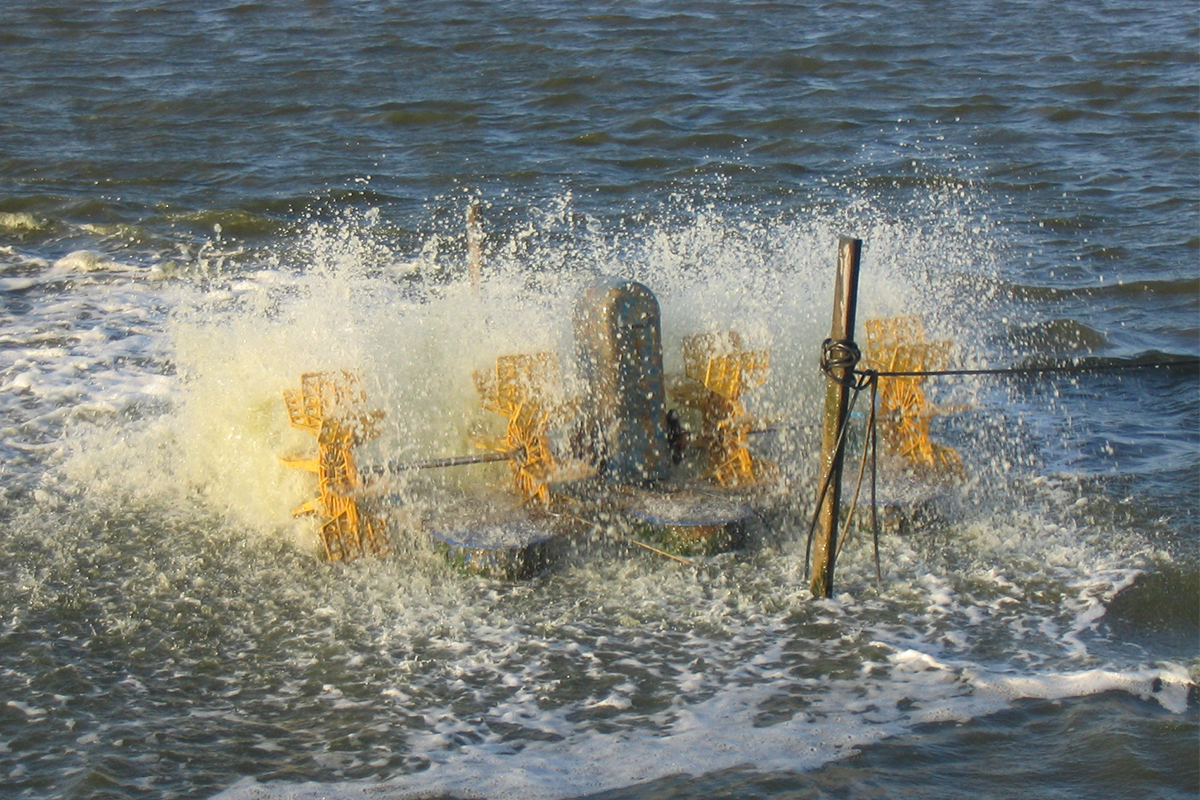
When I was in Belize, growth rates were 1.11 grams per week, steady. And so, I related aeration to the horsepower of mechanical aeration per kilo of shrimp. That no longer applies because there’s another factor. Actually, the aeration probably related more to the feed rate, but the feed rate was constant because growth rates were the same. But if we have one shrimp that grows 5 grams weekly and the other shrimp grows 2 grams per week, the pond is getting a lot more feed, which translates into a lot more pressure, so the aeration rate for the 2-gram-a-week shrimp is going to be less than the aeration rate for the 5-gram-a-week shrimp. And that is not appreciated today. We used to assume that one horsepower of mechanical aeration is needed to sustain every 450 kg or so of shrimp in a pond. Today, with fast growing strains a better ratio would be only 250 kg of shrimp per horsepower.
About regular monitoring, if you’re going to use PCR to look for EHP in ponds, samples of hepatopancreas are better than shrimp feces, obviously, but it’s a destructive method of sampling as you have to sacrifice the animal sampled. But in ponds, it doesn’t really matter, as you can usually afford to sacrifice a few animals per sampling.
Back to the beginning
Contrasting ponds to hatcheries for a moment, take a healthy larval tank that’s not stressed and test some postlarvae by PCR. Generally, will test negative even if there is some EHP present in the animals. But hatcheries should always stress the postlarvae before testing them for EHP. You could add nitrite to a bag of postlarvae too, or you can just “ship” the bag to yourself. When you ship to yourself, you increase carbon dioxide in the bag, you have all kinds of stresses that develop in the bag. I normally stress ship to myself for 24 hours. But the animals never go anywhere, they’re in a box in my lab. If you’re running a clean lab and everything, it’s not that necessary all the time. But if you’re in a high-risk area with EHP in the environment and you’re running a high-risk operation, you probably want to know.
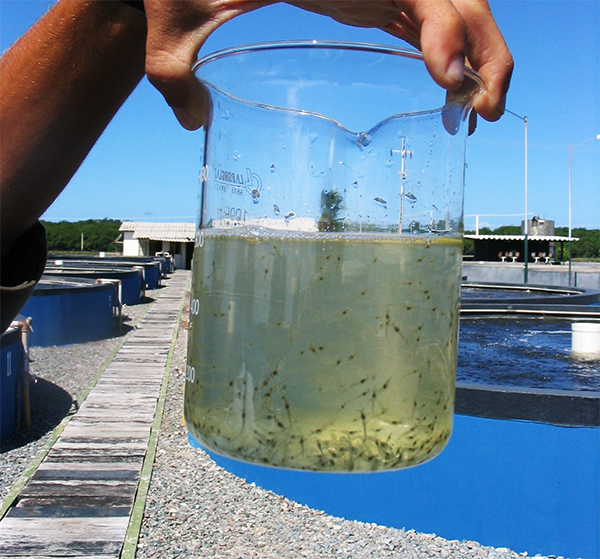
Another thing I want to comment on is that many people will look at the postlarvae, and if the animals have a “white sheath” around the HP, people will consider that as early signs of EHP. But I think that’s not early, that is pretty serious EHP if they start getting white sheets. And this can be detected with the naked eye. I think if a postlarvae is showing a white sheath around the HP, meaning cell sloughing that you can see, I think you probably have a pretty serious EHP infection in that hatchery, and you should reject those postlarvae for your farm.
I have been in hatcheries in both China and Vietnam where you can see the white sheathes in the postlarvae HP, and the maturation tanks are loaded with white feces, which is a related issue. And on that topic, it seems like it’s a prevalent practice in some countries to just source your next batch of broodstock directly from production ponds. And I say that those countries, they’re harming themselves.
Now look, that’s a whole different topic – APE (all pathogen exposed) versus SPF (specific pathogen-free) broodstock. The APE approach has performed OK at low density, but any time I put APE animals at high density the results are not good. APE animals are not for high-density shrimp farming because when you have high density, you have stress, and if there’s anything in your APE animals, it’s going to blow up on you. But at low density and lower feed rates, stresses are not present and the shrimp can control the EHP level.
Now that you've reached the end of the article ...
… please consider supporting GSA’s mission to advance responsible seafood practices through education, advocacy and third-party assurances. The Advocate aims to document the evolution of responsible seafood practices and share the expansive knowledge of our vast network of contributors.
By becoming a Global Seafood Alliance member, you’re ensuring that all of the pre-competitive work we do through member benefits, resources and events can continue. Individual membership costs just $50 a year.
Not a GSA member? Join us.
Author
-

Darryl Jory, Ph.D.
Editor Emeritus
[103,114,111,46,100,111,111,102,97,101,115,108,97,98,111,108,103,64,121,114,111,106,46,108,121,114,114,97,100]
Tagged With
Related Posts

Health & Welfare
Robins McIntosh on everything you need to know about EHP and shrimp farming, part 1
Shrimp farming expert Robins McIntosh details a decade of learning about the microsporidian EHP and how to mitigate its impact.
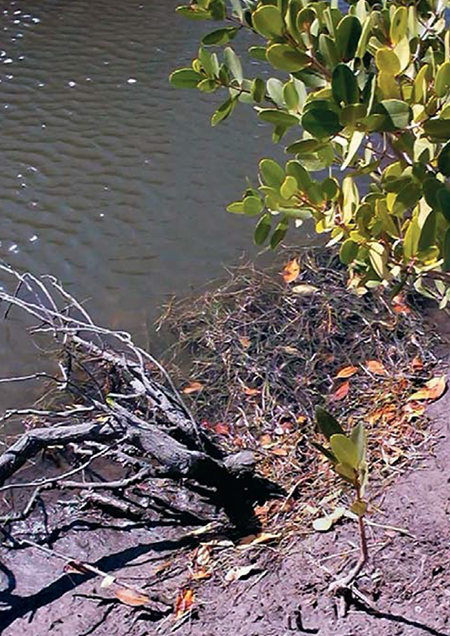
Aquafeeds
Advantages of aerated microbial reuse systems with balanced C:N, part 1
An alternative waste treatment is intense microbial processing of wastes to facilitate high yields with little or no water exchange.
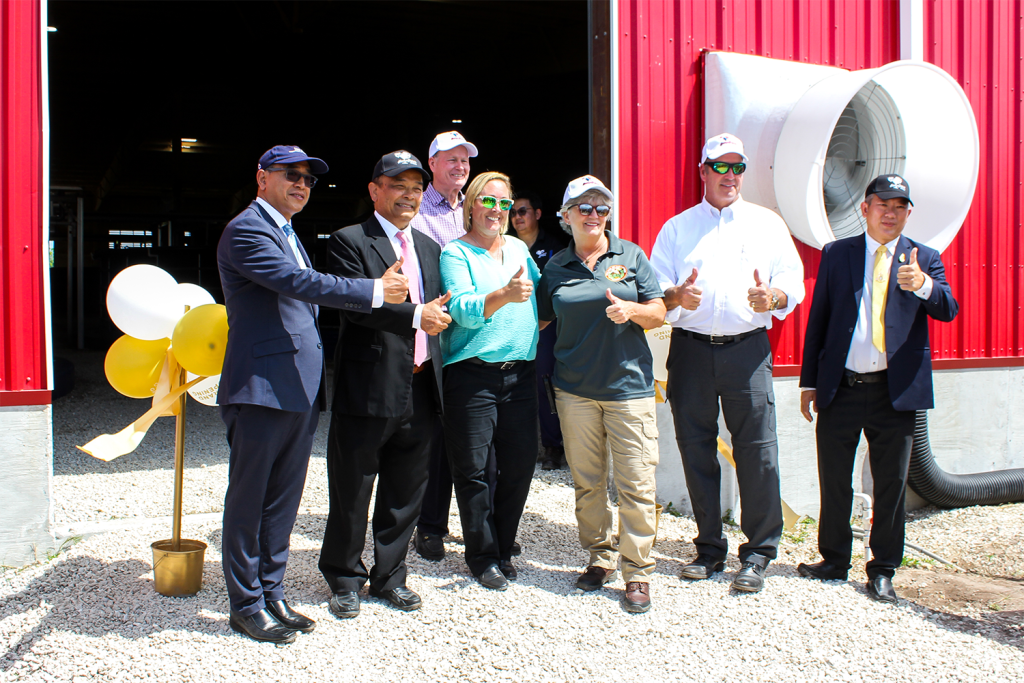
Innovation & Investment
Homegrown Shrimp USA officially opens new shrimp RAS facility in Florida
Homegrown Shrimp USA opened its first shrimp RAS facility in the United States in a rural community in the heart of southern Florida.
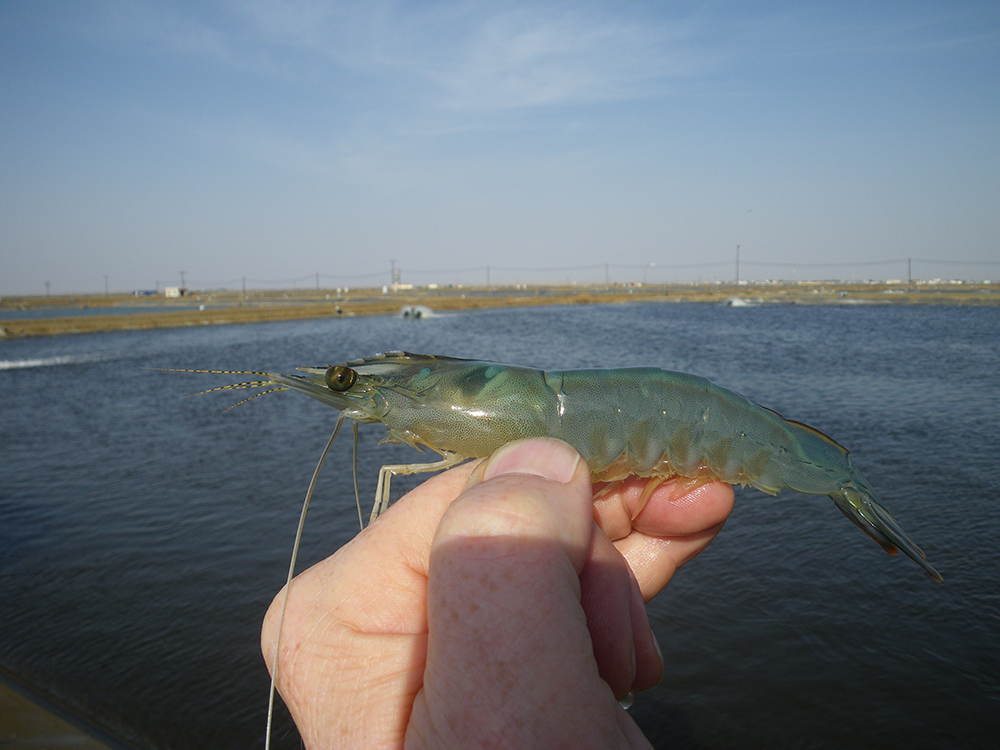
Health & Welfare
EHP a risk factor for other shrimp diseases
Laboratory challenges and a case-control study were used to determine the effects of EHP infection on two Vibrio diseases: acute hepatopancreatic necrosis disease (AHPND) and septic hepatopancreatic necrosis (SHPN).


